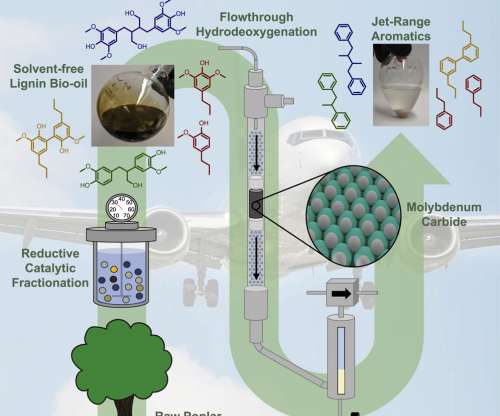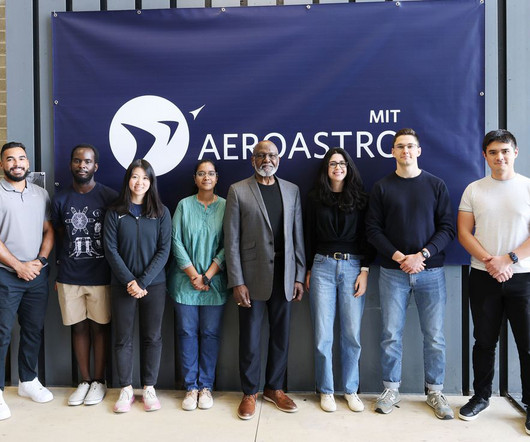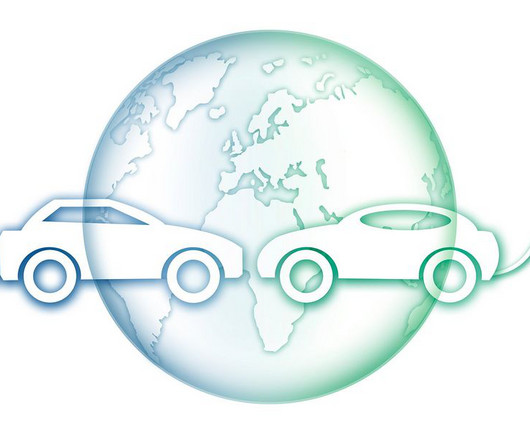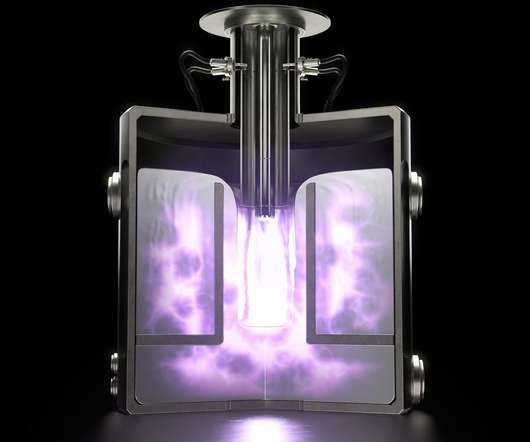Cerulogy analysis finds supply of clean fuels for Washington could meet 11.2% CI reduction target by 2028
Green Car Congress
JANUARY 11, 2019
Available clean fuels for the state of Washington could meet a 2028 target of 11.2% reduction in average carbon intensity by 2028, according to an analysis completed by independent research firm Cerulogy and commissioned by the Union of Concerned Scientists (UCS). Biomethane and renewable aviation fuel also contribute.








































Let's personalize your content